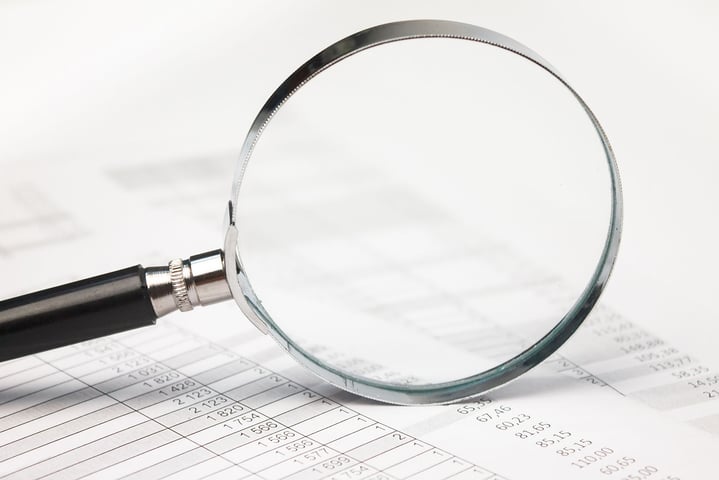
When you are to invest in a QCM-system, there are several aspects of the instrument to evaluate such as price, experimental capabilities, and data quality. Price and experimental capabilities are straightforward to assess, but the data quality can be trickier to decipher and compare between suppliers. Here we guide you to what information to look for, and how to compare the numbers specified by different suppliers.
One of the first aspects that comes to mind when assessing a specific QCM setup is probably the hardware capabilities. Being able to mimic certain conditions, such as certain temperature, is indeed important. Another key aspect, which is often trickier to assess, is the quality of the data generated.
The parameters related to data quality can be challenging to identify. Not only can the terminology used to describe the instrument performance vary between suppliers, but often the specifications include different sets of parameters. Also, theoretical values are frequently mixed with values that are relevant to the measurement situation. So, which of all the parameters found in an instrument specification are relevant and will have an impact on the end measurement? And - is all the key information available?
To interpret the information, and to assess a QCM specification from a data quality and reproducibility perspective, there are a few aspects to consider
As the overall objective of any experiment is to be able to answer a predefined question, the data quality is essential to assess. Evaluating information in a QCM-specification, and comparing information provided by different suppliers, can however be tricky. One approach is to identify the parameters that are relevant to the actual measurement situation, and to look at the unit of the specified numbers to compare the information between different suppliers.
Download the guide on how to read a QCM specification to learn more about which specific parameters that are related to QCM data quality, what they mean and why they are important.
Editors note: This post was originally published in September 2018 and has been updated for comprehensiveness
Compared to QCM, QCM-D measures an additional parameter, and provides more information about the system under study.
Learn about QCM-D, Quartz Crystal Microbalance with Dissipation monitoring - an analytical tool for surface interaction studies at the nanoscale.
Learn about of the acoustic technology, QCM-D, via musical instrument analogies.
Here we explain how Quartz Crystal Microbalance with Dissipation monitoring, QCM-D, works.
Read about how and the QCM fundamental frequency matters in measurements
Read about why it is important for the mass distribution on the QCM sensor to be even, and what the consequences are if it is not.
Learn more about the Sauerbrey equation and when it should be used.
At first glance, SPR and QCM-D are quite similar. Learn about the key differences and when to use which method
By integrating QCM-D and electrochemistry into EQCM-D, it is possible to answer questions that neither technique could address alone.
